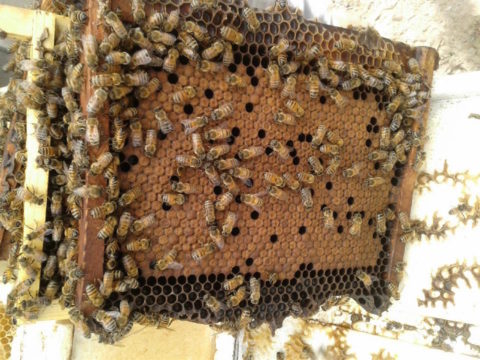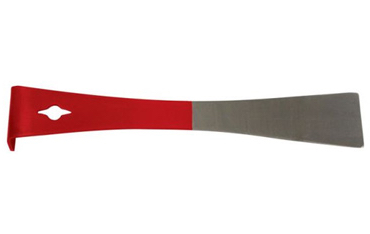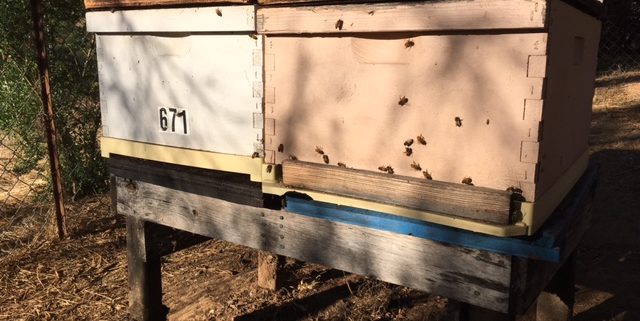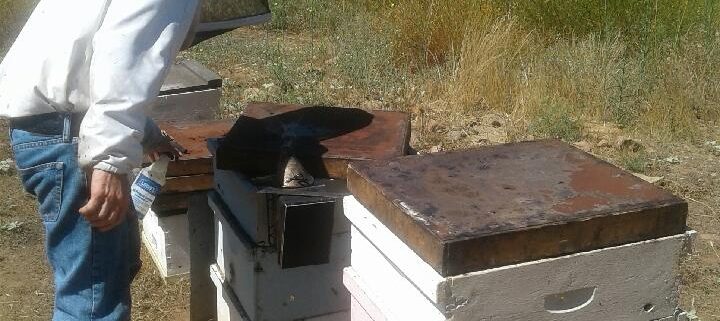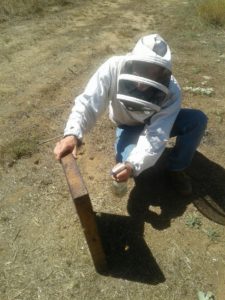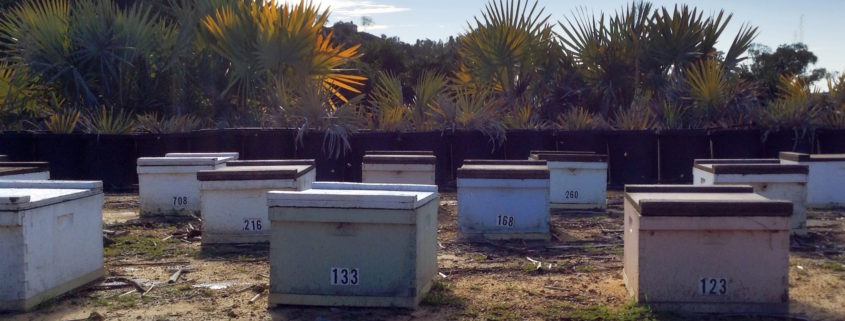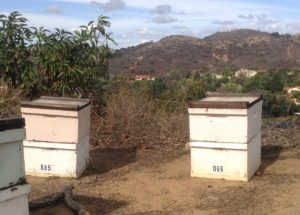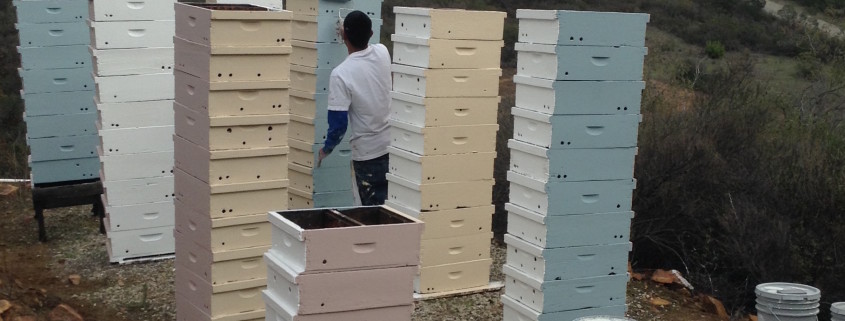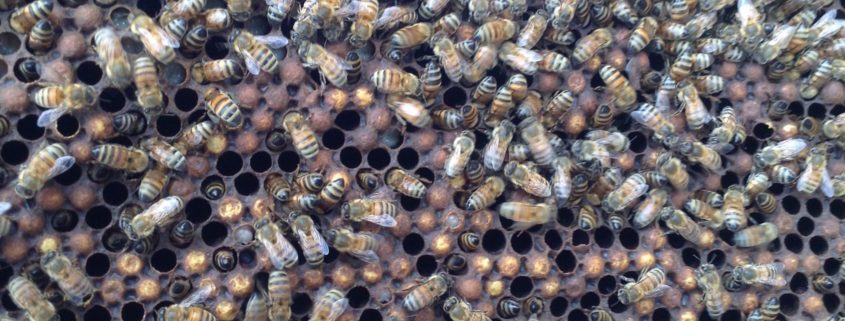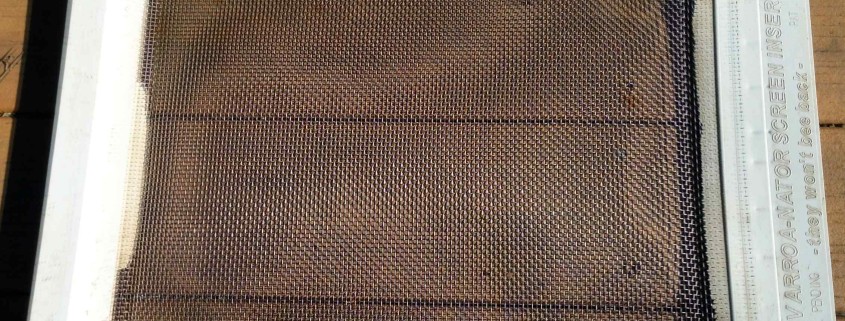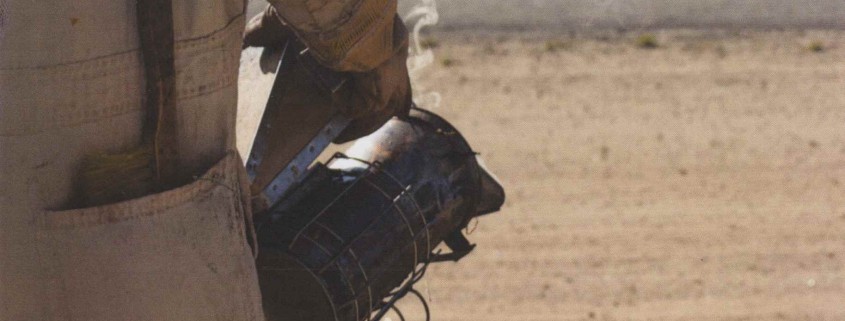Mini Mating Frame
Given that the bees inside of a colony will generally only tolerate one queen, and that queen bees themselves fight amongst each other if they are in the same colony, it is obvious that when raising queen bees, each queen needs to be provided its own separate colony. It is impossible to raise more than one queen inside of a single colony, as queen bees do not tolerate “roommates.” Each queen needs her own castle to call home!
This issue quickly becomes a challenge when raising thousands of queens at a time. If each queen needs her own colony, and the queen producer needs to set up a separate colony for every queen being raised, then this can quickly become a logistical and costly endeavor. This process could be considered similar to trying to run an army where every soldier needs a separate apartment, and cannot tolerate living with another soldier.
The only reasonable and cost-effective solution to this problem is to set up small-sized and inexpensive colonies, one for each queen that is being raised.
The majority of beekeepers who raise bees in standard Langstroth colonies are familiar with the three sizes of frames available to them, full size (deep), medium size and small size. These three frame sizes correspond to the three sizes of hive bodies that beekeepers traditionally use, deep hive bodies, medium supers, and shallow supers, respectively. Nearly all beekeepers who use standard beekeeping equipment use one or more of these sized frames.
The majority of queen producers, however, utilize a fourth size of frame, which is known as a mini-mating frame. The mini-mating frame is roughly half the size of a shallow frame. Three of these small mini-mating frames are just large enough to provide a comfortable living space for a small colony, and most importantly, enough space for a queen to lay a good pattern of brood and prove the quality of her mating and genetics.
Given the small size of the frame, a high-quality queen can easily fill a mini-mating frame, such as the frame above, in less than a day. The mini-mating frame shown above, filled with brood, is proof that this queen bee is ready for sale. To us, she is “showing off” her talents. She is more than ready to visit a “real” and full-sized colony and continue her fine brood laying talents for one of Wildflower Meadows’ customers.

